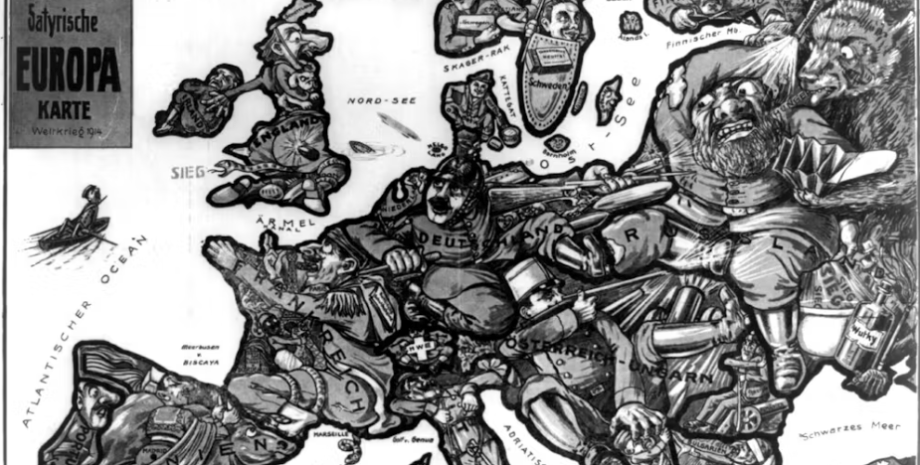
 By Victor Duda
By Victor Duda
Technology appeared its Telegram channel. Subscribe not to miss the latest and most intricate news from the world of science! Throughout the history of the map was used to dehumanize opponents in the war. In the First World War, satirical maps of caricature depicted enemy states, contributing to the narrative of victory.
Similarly, during the Vietnam War, the US military designated certain areas as "free fire zones", actually erasing the map civilian population and treating entire regions as an enemy territory. This dehumanization occurs through the inherent map abstraction, which simplifies complex landscapes to lines and symbols. By removing the human factor, cards can enhance the mentality of "we are against them", as it was on the eve of genocide in Rwanda.
Extremist media have released cards that divided the Rands by ethnicity, visually dividing Hutu and Tutsi and justifying violence against the latter. In addition, cards can influence how we perceive conflicts, often simplifying difficult situations. For example, at the beginning of a full -scale invasion of Russia in Ukraine, the Air Force Map, which depicts the movement of refugees, has caused disputes, since the use of arrows potentially hinted at the invasion, not the escape.










All rights reserved IN-Ukraine.info - 2022